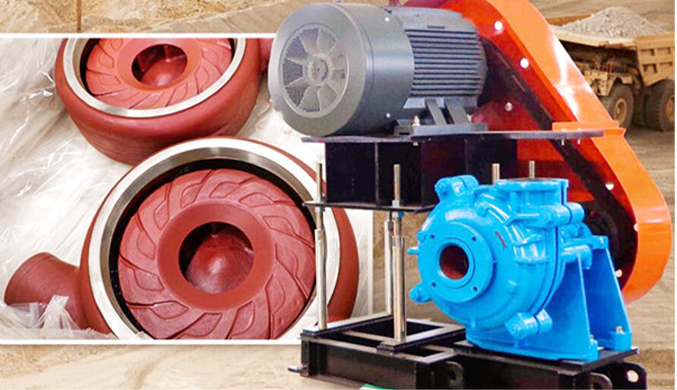Greek
- Afrikaans
- Albanian
- Amharic
- Arabic
- Armenian
- Azerbaijani
- Basque
- Belarusian
- Bengali
- Bosnian
- Bulgarian
- Catalan
- Cebuano
- Corsican
- Croatian
- Czech
- Danish
- Dutch
- English
- Esperanto
- Estonian
- Finnish
- French
- Frisian
- Galician
- Georgian
- German
- Greek
- Gujarati
- Haitian Creole
- hausa
- hawaiian
- Hebrew
- Hindi
- Miao
- Hungarian
- Icelandic
- igbo
- Indonesian
- irish
- Italian
- Japanese
- Javanese
- Kannada
- kazakh
- Khmer
- Rwandese
- Korean
- Kurdish
- Kyrgyz
- Lao
- Latin
- Latvian
- Lithuanian
- Luxembourgish
- Macedonian
- Malgashi
- Malay
- Malayalam
- Maltese
- Maori
- Marathi
- Mongolian
- Myanmar
- Nepali
- Norwegian
- Norwegian
- Occitan
- Pashto
- Persian
- Polish
- Portuguese
- Punjabi
- Romanian
- Russian
- Samoan
- Scottish Gaelic
- Serbian
- Sesotho
- Shona
- Sindhi
- Sinhala
- Slovak
- Slovenian
- Somali
- Spanish
- Sundanese
- Swahili
- Swedish
- Tagalog
- Tajik
- Tamil
- Tatar
- Telugu
- Thai
- Turkish
- Turkmen
- Ukrainian
- Urdu
- Uighur
- Uzbek
- Vietnamese
- Welsh
- Bantu
- Yiddish
- Yoruba
- Zulu
Telephone: +86 13120555503
Email: frank@cypump.com
Δεκ . 10, 2024 12:45 Back to list
sewage and effluent pumps
Sewage and Effluent Pumps Essential Components for Wastewater Management
In the realm of wastewater management, sewage and effluent pumps play a critical role in ensuring that waste is efficiently and effectively transported away from residential, commercial, and industrial sites. Understanding the functions and types of these pumps can aid property owners, contractors, and environmental engineers in selecting the right equipment for their waste management needs.
What Are Sewage and Effluent Pumps?
Sewage pumps and effluent pumps are specialized devices designed to move wastewater. The primary difference between the two lies in the type of waste they are designed to handle. Sewage pumps are built to manage raw sewage, which may contain solid waste and various debris. In contrast, effluent pumps are used to transport wastewater that has already been treated to some extent, typically containing fewer solids (and usually no larger than 2 inches in diameter).
Applications of Sewage and Effluent Pumps
Sewage pumps are commonly employed in environments such as residential homes, commercial buildings, and municipal waste treatment facilities. They are essential in situations where gravity cannot effectively drain waste, such as in basements or lower-level properties. These pumps help to push the sewage to a higher elevation, facilitating its flow to a municipal sewer system or septic tank.
Effluent pumps, on the other hand, are often used in septic systems, where treated wastewater needs to be moved to a drain field or other disposal systems. They can also be used in applications like irrigation systems, where treated water is repurposed for landscape irrigation.
Features to Consider
When choosing between sewage and effluent pumps, several features must be taken into account
sewage and effluent pumps

1. Pump Type There are two main types of pumps – submersible and non-submersible. Submersible pumps are submerged in the sewage or wastewater, while non-submersible pumps sit above the liquid level, using a discharge pipe to move the waste. Each type has its advantages depending on the application.
2. Power Source Most sewage and effluent pumps are electrically powered. However, for areas prone to power outages, battery backup systems or generator compatibility can ensure continuous operation.
3. Material Construction The materials used in the pump’s construction should resist corrosion from chemicals often found in sewage, such as hydrogen sulfide. Stainless steel or thermoplastic options are popular for their durability and resistance to wear.
4. Flow Rate and Head Pressure It is critical to select a pump with an appropriate flow rate (gallons per minute) and head height (maximum elevation the pump can push waste). This ensures the pump can handle the specific requirements of the installation site.
Maintenance and Care
To ensure longevity and optimal performance, routine maintenance is necessary. Regularly inspect the pump for signs of wear or blockage, and perform necessary cleanings. Many pump failures can be traced back to clogged impellers or damaged components that could have been rectified with timely maintenance.
Conclusion
Sewage and effluent pumps are vital components in the effective management of wastewater. By understanding their differences, applications, and essential features, property owners and managers can make informed decisions when selecting a pump. Proper installation and maintenance of these pumps not only contribute to effective waste management but also play a significant role in protecting public health and the environment. As urban areas continue to grow and face increasing wastewater challenges, investing in reliable sewage and effluent pumping solutions is more crucial than ever.
-
ISG Series Pipeline Pump - Chi Yuan Pumps | Energy Efficiency&Compact Design
NewsAug.03,2025
-
ISG Series Vertical Pipeline Pump - Chi Yuan Pumps Co., LTD.|High Efficiency, Low Noise, Durable
NewsAug.02,2025
-
ISG Series Vertical Pipeline Pump - Chi Yuan Pumps | High Efficiency, Low Noise
NewsAug.02,2025
-
ISG Series Vertical Pipeline Pump- Chi Yuan Pumps Co., LTD.|High Efficiency&Compact Design
NewsAug.02,2025
-
Heavy-Duty Mining Sludge Pumps - Wear-Resistant Slurry Handling
NewsAug.02,2025
-
Horizontal Split Case Pump with GPT-4 Turbo | High Efficiency
NewsAug.01,2025










